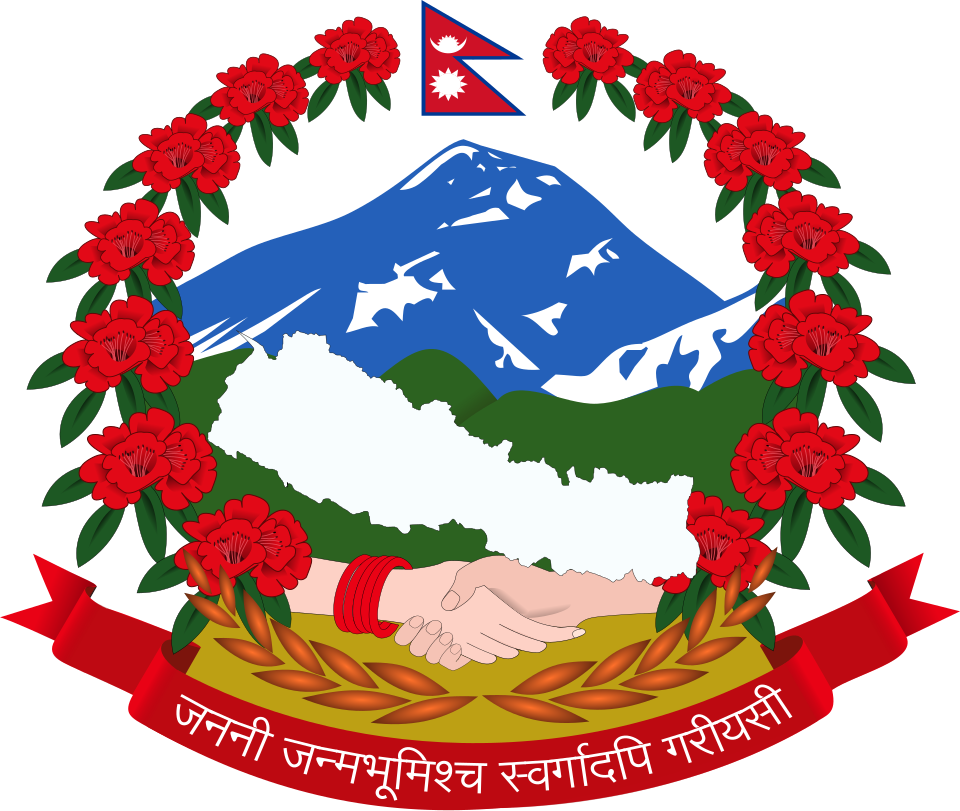Component 2 Enabling Environment for Mainstreaming Climate Change
Enabling environment for mainstreaming climate change, through the development of capacity of the municipalities and other key local agencies to assess and understand climate risks and vulnerabilities, and accordingly mainstream climate change adaptation strategies and actions in local plans and policies, and the establishment of a multi-stakeholder platform for dialogue and cooperation on climate change adaptation at the watershed level.
With a GEF/LDCF financing of 354,893 and co-financing of USD 1,072,837, the component will focus on developing the knowledge and skills of the municipal officials, soil and watershed management officials, divisional and sub-divisional forest officials, and community-based natural resource management groups (forestry, agriculture, irrigation, livestock) for participatory assessments of climate risks and vulnerabilities, and CCA mainstreaming.
This will be achieved through a series of training and development of tools (e.g. guidelines), followed by their application for assessment of climate risks and vulnerabilities, and CCA mainstreaming which will reinforce the capacity of the training recipients whilst also providing detailed and systematic information on local climate risks and vulnerabilities. The systematic information and understanding generated by the participatory assessments of climate risks and vulnerabilities will help the municipalities and other local agencies to review local plans and assess the integration of CCA in these plans and policies. These reviews will then feed into the formulation of CCA-integration guidelines for the municipalities and sector agencies. The guidelines, in turn, will help municipalities and sector agencies to formulate or revise local plans and policies to make them responsive to climate change and its impacts.
Under this component, the project will also strengthen coordination between multiple stakeholders of different municipalities in the Marin watershed through the establishment and operationalization of a multi-stakeholder platform. The platform will be supported by well-defined operational modality, structure and functions to ensure that it operates as an inclusive, coherent and transparent mechanism for the stakeholders to share information, exchange knowledge and views, coordinate and collaborate on climate change issues in the Marin watershed. Particular attention will be given to the inclusion of women, youth, and Indigenous people and facilitating equal opportunity to express views and aspirations, and contribute to the collaboration and decision-making process.
Project Framework - Component 1
| Project Components / Programs | Project Outcomes | Project Outputs |
|---|---|---|
| Component 2 Enabling environment for mainstreaming climate change |
Outcome 2.1:
Improved understanding, knowledge and capacity to mainstream climate change adaptation in local plans and policies. |
Output 2.1.1:
Training and exchange visits for community-based organizations (CBOs), soil and watershed management office, division and sub-division offices, municipalities and relevant provincial officials on climate change impacts and risks assessment tools and methods for mainstreaming CCA in all sectors and municipal plans in an integrated approach. Output 2.1.2: CCA-integration guidelines developed with communities and municipalities to support and formulate climate-responsive policies and plans on water, agriculture, forestry, and rural development for four municipalities in the Marin watershed, and integrated in the watershed, forestry, and municipal planning process. Output 2.1.3: Multi-stakeholder platform established in the Marin watershed to drive the mainstreaming of adaptation in an integrated watershed approach. |


